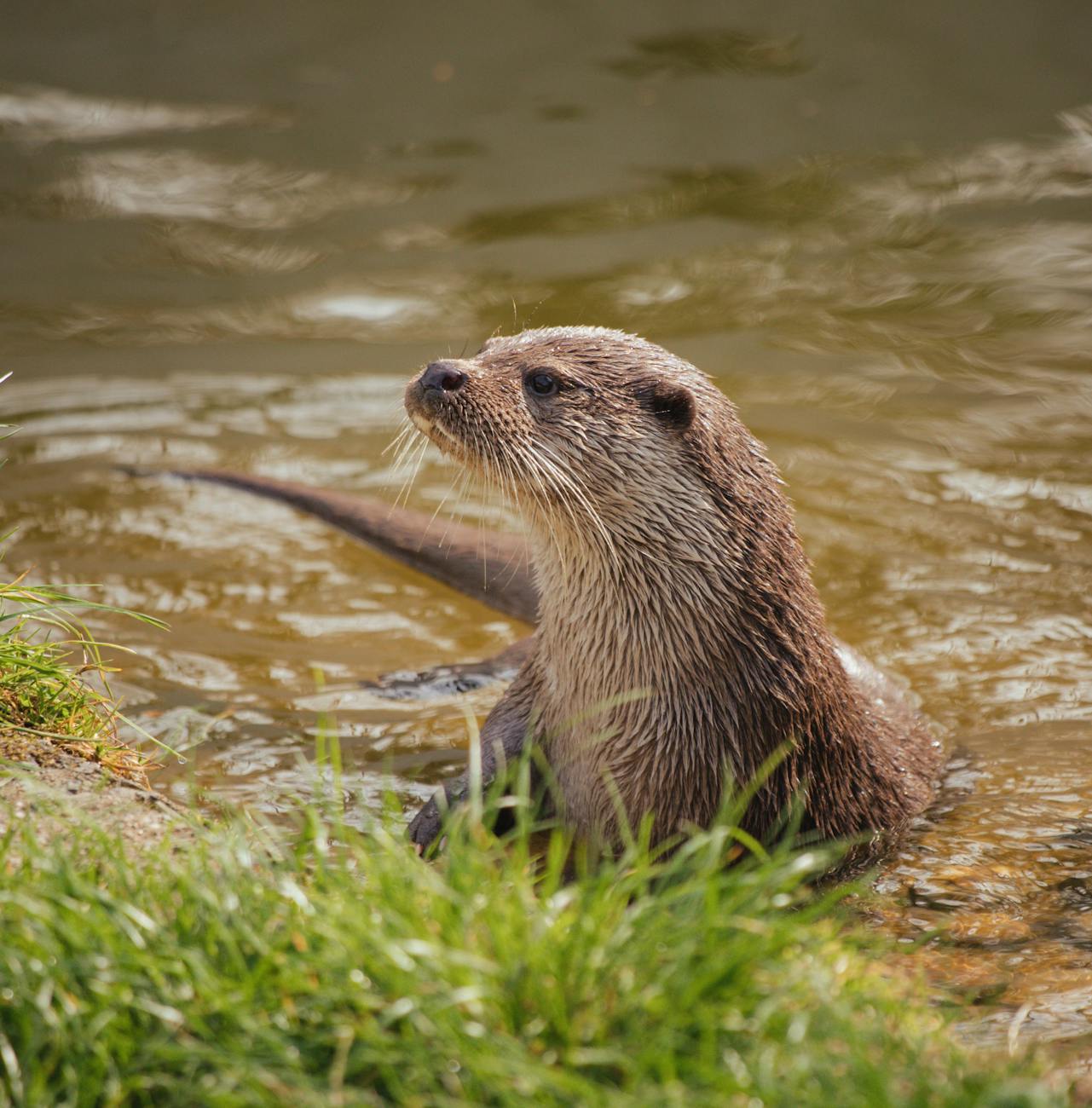
River Otters: The Playful Guardians of Freshwater
When you think of wildlife that embodies pure joy, the river otter is at the top of the list. With their sleek bodies, boundless energy, and mischievous personalities, these freshwater mammals are nature’s comedians—and skilled hunters, too.
Meet the River Otter
North American river otters (Lontra canadensis) are semi-aquatic mammals found across the U.S. and Canada. They live in and around rivers, lakes, swamps, and marshes, often choosing quiet, undisturbed habitats with healthy fish populations.
Physical Traits
River otters are about 3 to 4 feet long, including a powerful, tapering tail that acts like a rudder. They weigh between 10–30 pounds and are covered in dense, waterproof fur. Their webbed feet, strong legs, and streamlined bodies make them expert swimmers.
Life in the Water (and on Land)
Though they’re known for aquatic agility, river otters spend a good deal of time on land. They create dens—called holts—in abandoned burrows or natural hollows near water. In winter, they often slide across snow or ice to get around faster.
Diet and Hunting
River otters eat a varied diet that includes:
- Fish (their favorite)
- Crayfish
- Amphibians
- Small mammals and birds
They hunt using sharp eyesight and sensitive whiskers that help them detect movement in murky water.
Social Life and Behavior
Otters are playful by nature. They wrestle, chase, slide, and even make toys out of sticks and stones. While mostly solitary, they’re often seen in small family groups, especially mothers with pups.
Conservation Status
River otters were once threatened by habitat destruction and fur trapping, but conservation efforts have helped their populations recover in many regions. Today, they’re listed as Least Concern by the IUCN.
Why We Love Them
River otters remind us that wild places need to be protected—not just for the ecosystem, but for the sheer delight of seeing an otter somersault through the shallows. They’re more than cute; they’re indicators of a healthy freshwater world.
More photos below ↓











Disclaimer: This blog post is for edutainment purposes only and may not be entirely accurate.






